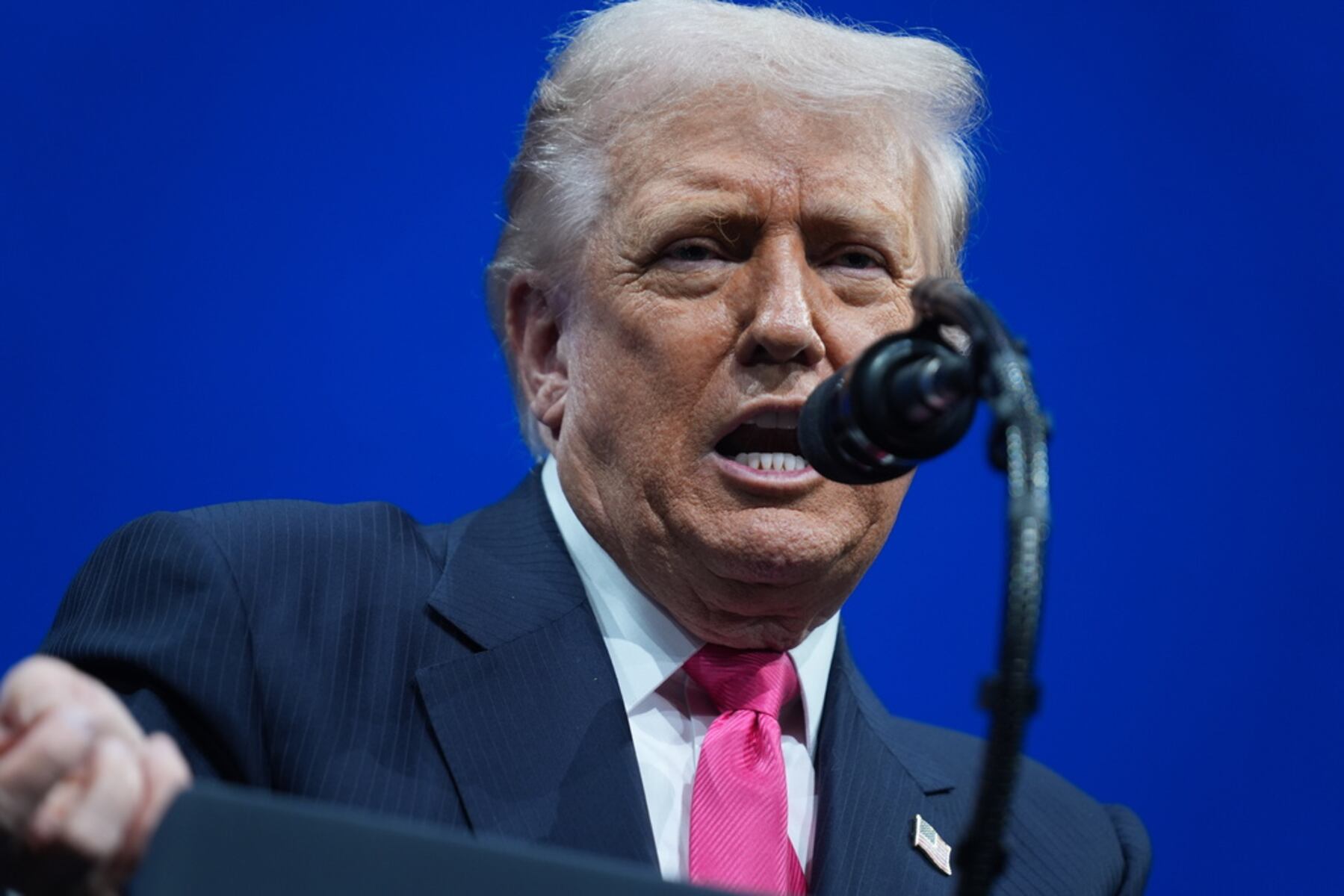President Donald Trump has accused a group of Democratic lawmakers of engaging in “seditious behavior” after they released a video urging U.S. military members to uphold the Constitution and reject unlawful orders. The video, which was posted on March 12, 2024, features six veterans: Senator Elissa Slotkin, Senator Mark Kelly, Representative Jason Crow, Representative Chris Deluzio, Representative Maggie Goodlander, and Representative Chrissy Houlahan. In it, they address service members, acknowledging the pressures they face, while calling for adherence to legal directives.
The video has sparked intense political debate, with Trump amplifying criticism of the lawmakers on social media, stating their actions could be punishable by death. He described their message as “dangerous” and inflammatory, characterizing the lawmakers as “traitors” and suggesting they should face legal consequences.
Content of the Video
In the 90-second video, the lawmakers emphasize their military backgrounds and evoke the need for service members to “refuse illegal orders” while reaffirming their commitment to the Constitution. The phrase “Don’t give up the ship,” a historical reference to a U.S. Navy captain’s dying words, serves as a rallying cry in the closing remarks. While the video does not cite specific events, it comes at a time when the Trump administration has been attempting to deploy National Guard troops domestically.
The military’s legal framework, known as the Uniform Code of Military Justice (UCMJ), maintains that service members have a duty to disobey unlawful orders. Yet, the situation is complicated, as rank-and-file soldiers often lack immediate access to legal counsel when faced with such decisions. Legal precedents suggest that merely following orders, even those deemed unlawful, does not exempt individuals from accountability.
Political Reactions
Trump’s accusation of sedition has drawn swift responses from various political figures. During a White House briefing, Press Secretary Karoline Leavitt focused on the implications of the Democrats’ message, suggesting it could be legally questionable. Senate Democratic Leader Chuck Schumer criticized Trump’s rhetoric, warning it could exacerbate an already volatile political climate.
Additionally, White House Deputy Chief of Staff Stephen Miller described the lawmakers’ video as an “insurrection,” asserting it encourages rebellion among military personnel. On the other hand, Defense Secretary Sean Parnell dismissed the notion that illegal orders were being issued, reaffirming that the military operates under a lawful command structure.
The political landscape surrounding this event continues to evolve, with Trump’s allies defending his comments. Some contend that he was merely defining a crime rather than inciting violence. The controversy highlights deepening divisions within U.S. politics regarding the role of the military and the responsibilities of elected officials.
As the situation unfolds, the implications of this exchange on military personnel and civilian-military relations remain to be seen, particularly in an environment fraught with political tension and public scrutiny.







